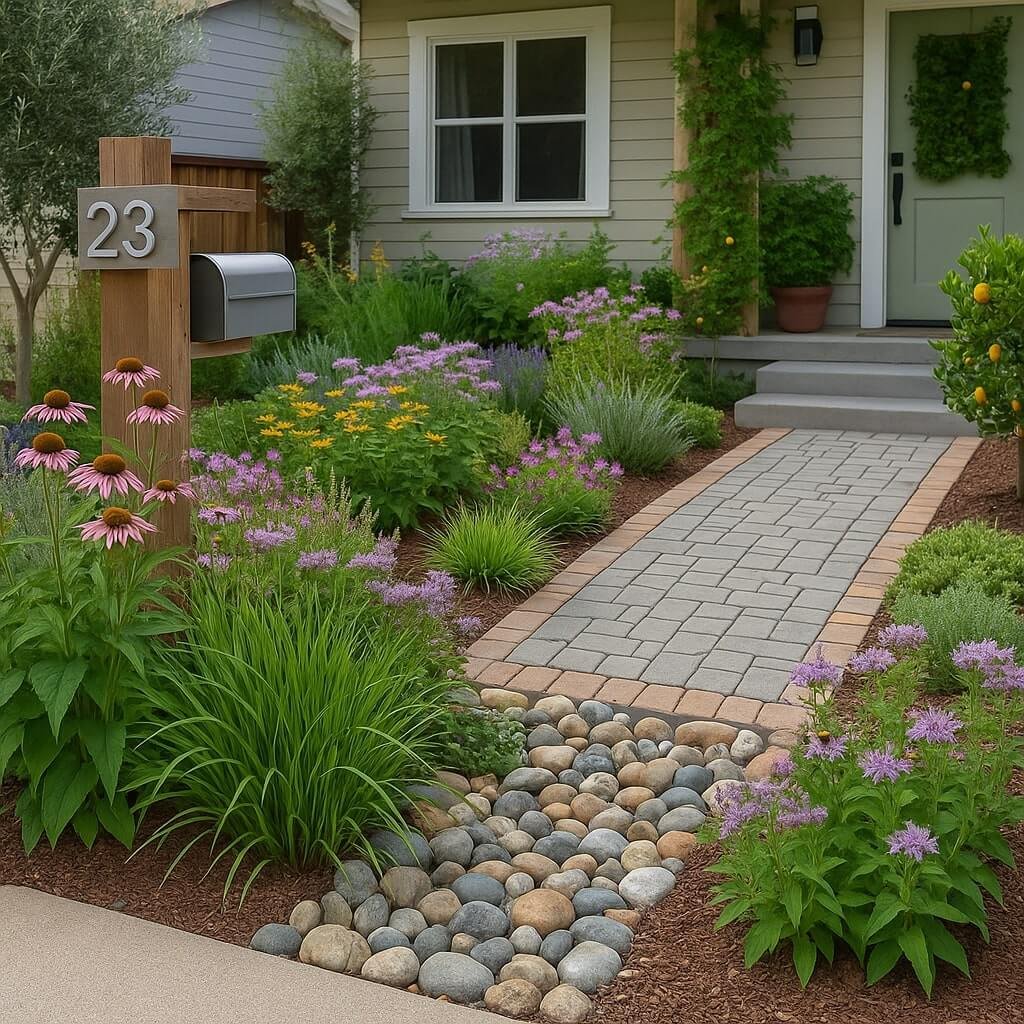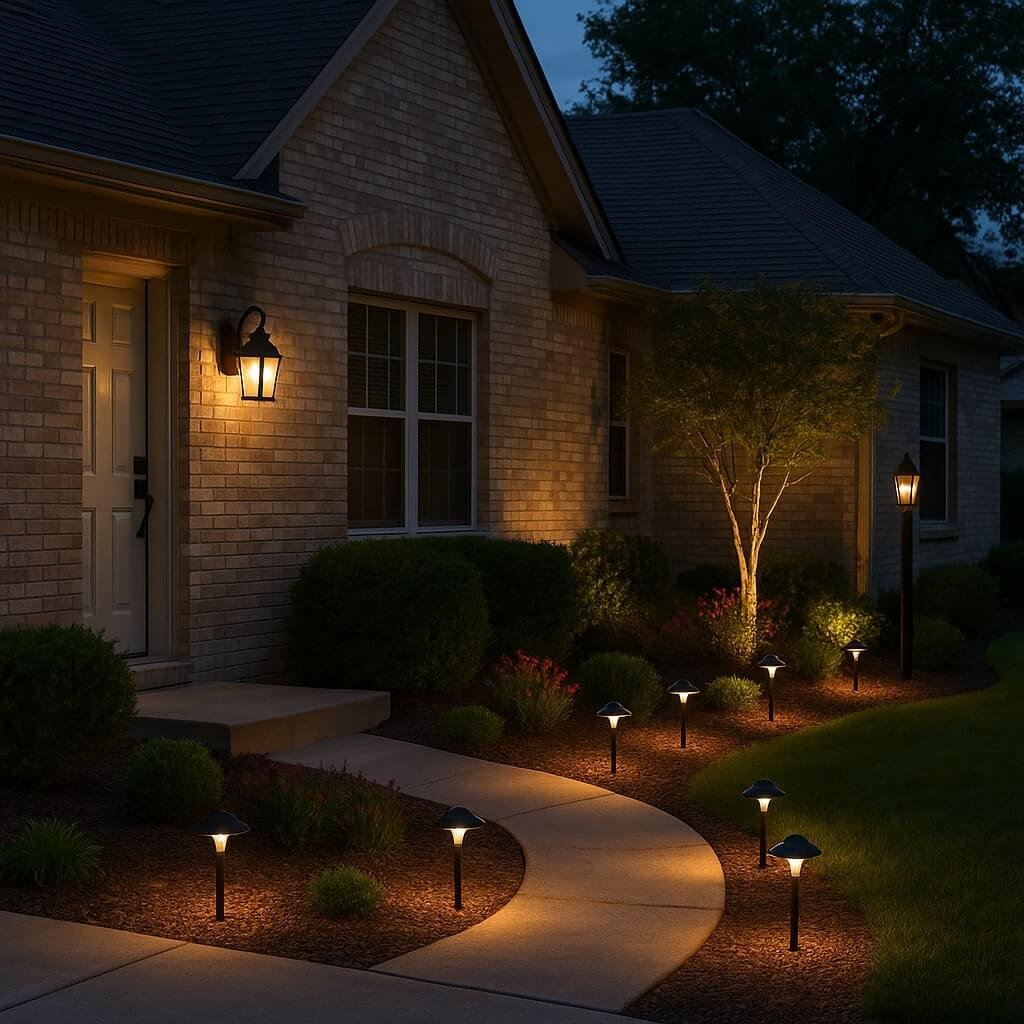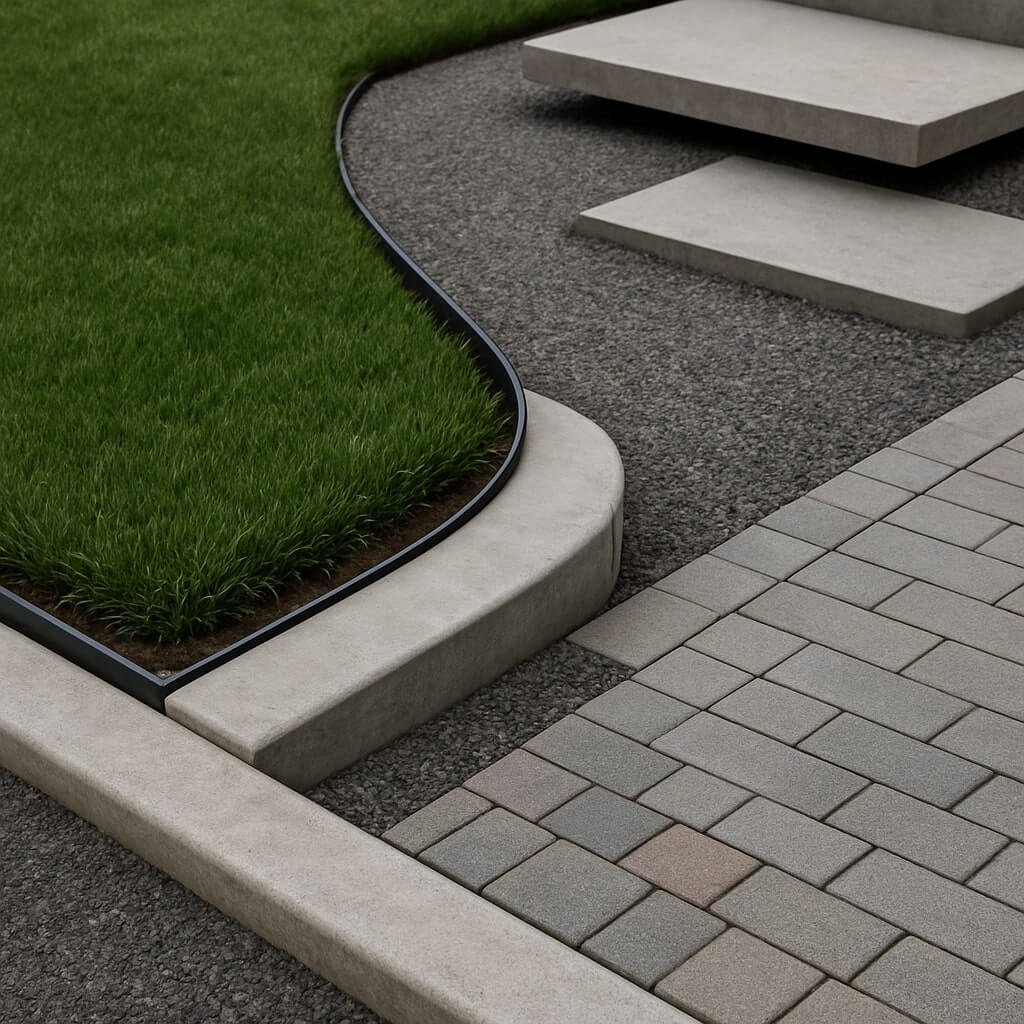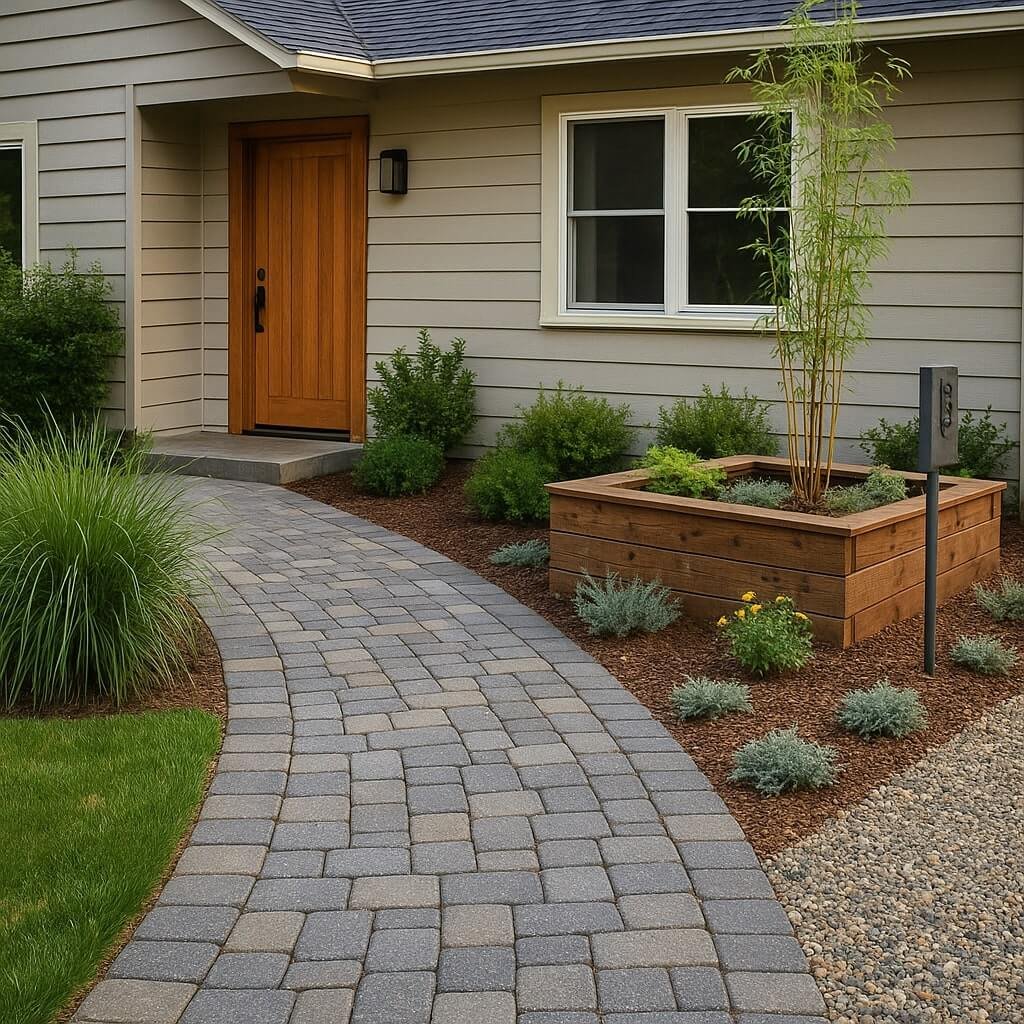In the age of environmental consciousness, enhancing curb appeal with sustainable methods has become a priority for homeowners, real estate developers, and municipal planners alike. Long-lasting curb upgrades not only improve the visual impact of a property but also contribute to environmental health, energy efficiency, and long-term cost savings.
This comprehensive guide explores sustainable curb upgrade ideas that are both aesthetically pleasing and ecologically sound. From recycled materials to native landscaping, you’ll discover actionable solutions designed for durability and impact.
Why Prioritise Sustainability in Curb Appeal?

Environmental Impact
Sustainable materials and designs reduce carbon emissions, minimise landfill waste, and help conserve water and energy.
Economic Efficiency
Eco-friendly upgrades often require lower maintenance and offer long-term savings on repairs and utility bills.
Increased Property Value
Homebuyers increasingly prioritise green features. Sustainable curb appeal can lead to higher resale values and faster property turnover.
1. Use Permeable Paving for Walkways and Driveways
Permeable paving systems—like porous concrete, permeable pavers, or gravel—allow water to seep into the ground, reducing runoff and improving groundwater recharge. They’re ideal for driveways, sidewalks, and patios.
Benefits:
- Reduces erosion and flooding
- Filters pollutants from stormwater
- Lasts longer with proper installation
2. Incorporate Recycled and Reclaimed Materials
Utilising recycled bricks, reclaimed wood, or repurposed metal can give your property a rustic, charming look while reducing demand for new resources.
Ideas:
- Recycled concrete for edging or retaining walls
- Salvaged wood for porch railings or decorative fencing
- Upcycled stone for garden pathways
3. Plant Native and Drought-Resistant Landscaping
Choose indigenous plants that thrive naturally in your region’s climate. These require less water, fertiliser, and maintenance compared to non-native species.
Key Features:
- Support local pollinators like bees and butterflies
- Reduce irrigation needs
- Decrease reliance on pesticides
4. Install Solar-Powered Outdoor Lighting
Solar garden lights, pathway markers, and motion-sensor spotlights offer energy-efficient ways to brighten your exterior without increasing your electricity bill.
Advantages:
- Zero utility cost
- Easy to install
- Automatically recharge during the day
5. Green Roofing and Living Walls for Entryways
Create an eco-statement with green roofs on porches or living walls at your entrance. These systems improve air quality, reduce heat absorption, and provide a visually stunning effect.
Applications:
- Vertical herb gardens
- Moss-covered accent walls
- Small sedum green roofs on awnings
6. Rain Gardens and Bioswales
These are natural stormwater management systems that collect and filter rainwater runoff. Positioned strategically near downspouts or sloped terrain, they are both functional and attractive.
Features:
- Filled with deep-rooted native plants
- Enhance biodiversity
- Prevent pooling and soil erosion
7. Low-VOC Paints and Eco-Friendly Stains
For any repainting of doors, fences, or trims, choose low-VOC (Volatile Organic Compound) paints. These reduce toxic emissions and create a healthier environment.
Eco-Friendly Tip: Pair with natural wood sealants to maintain texture and protect against moisture without harmful chemicals.
8. Sustainable Mailbox and House Number Fixtures
Replace plastic or rust-prone metals with recycled aluminium, sustainably harvested wood, or bamboo. These durable materials enhance curb aesthetics without compromising the environment.
9. Edible Landscaping
Integrate fruit trees, berry shrubs, or herb gardens into your front yard. This not only boosts appeal but offers tangible benefits like homegrown produce.
Plant Options:
- Dwarf apple or citrus trees
- Lavender and rosemary hedges
- Strawberry or blueberry borders
10. Install a Rainwater Harvesting System
A decorative rain barrel connected to your downspout allows for the collection of rainwater to irrigate lawns and gardens.
Benefits:
- Reduces water bills
- Provides a renewable source for landscaping
- Can be styled to match exterior aesthetics
Frequently Asked Questions (FAQs)
What is the most cost-effective sustainable curb upgrade?
How can I ensure the durability of eco-friendly materials?
Will sustainable upgrades increase my home’s resale value?
Do I need special permits for installing rain gardens or permeable pavements?
Are there any incentives for eco-friendly upgrades?
Final Thoughts
Curb appeal isn’t just about looking good—it’s about doing good for the planet. By choosing sustainable and long-lasting curb upgrades, you not only boost the beauty and value of your property but also invest in a healthier, greener future. From rain gardens to solar lighting, these ideas prove that eco-consciousness and curbside charm can go hand in hand.



